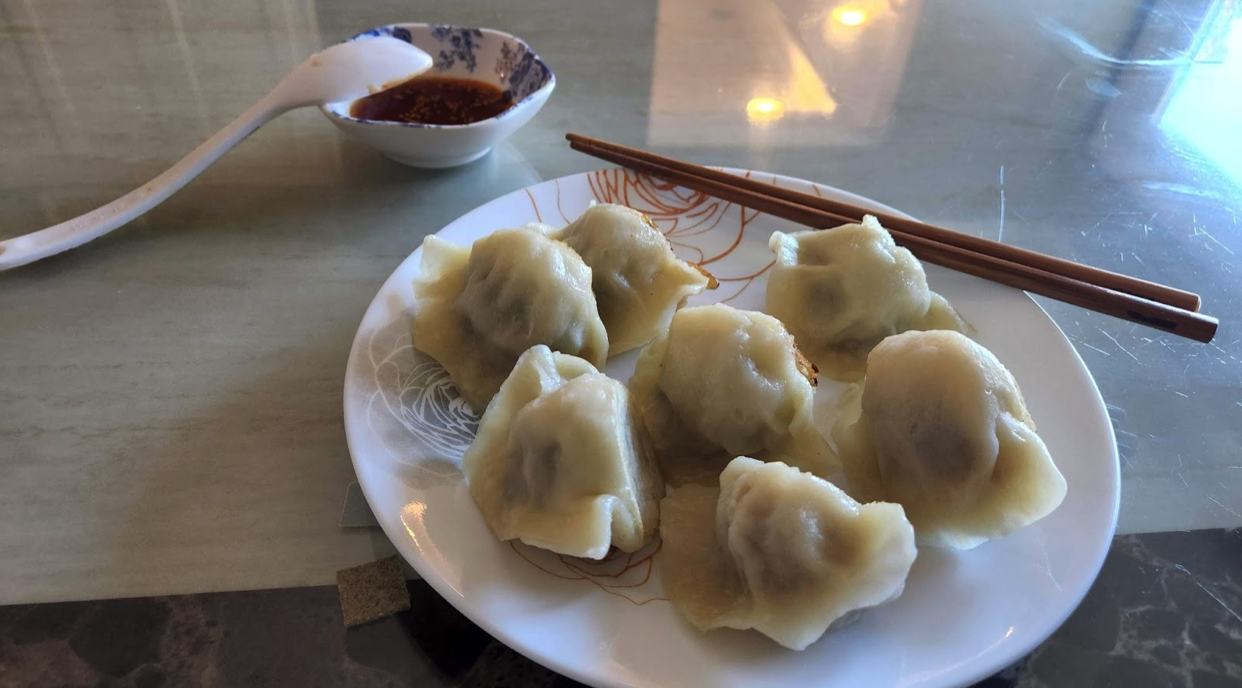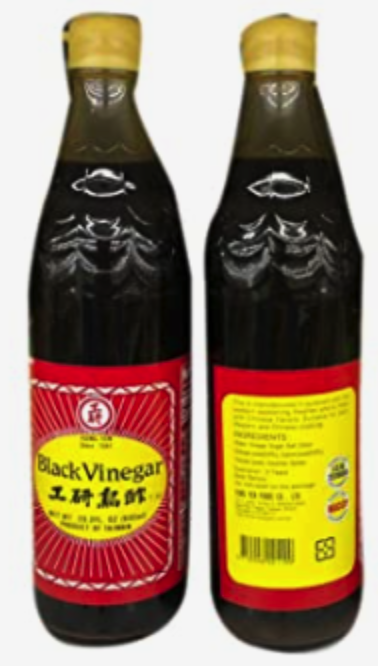Our Taste of Home: Jiaozi (Dumplings)
by Jonathan Fang
Every once in a while, my family and I make jiaozi (Chinese dumplings) together. Jiaozi (餃子) is a Chinese variant of dumplings and is popular with the Chinese diaspora. As a second-generation Taiwanese American, I grew up eating many kinds of Taiwanese cuisine, including jiaozi. I prefer meat fillings, especially beef, over vegetable-only fillings. Although preparing them from scratch is time and energy-consuming, they are easy to store and enjoy after a long day at work or school. My family and I usually enjoy them pan-fried or steamed, depending on the mood. If we are pressed for time, we buy frozen jiaozi from restaurants in San Gabriel, a place known for authentic Chinese and Taiwanese cuisine. Homemade dumplings are definitely on another level and are worth giving a try!
Ingredients
Wrapper
1.5 cups all-purpose flour, additional for dusting Note: This should make around 30 dumplings.
salt
cold water
Filling
1/2 pound of ground beef
soy sauce
kosher salt
Chinese rice wine — for cooking
ground white pepper
sesame oil
finely minced scallion
finely cut napa cabbage
Dumplings
Cold Water
Cooking oil — vegetable oil for frying
Dipping Sauce
Sesame oil
Sesame seeds
Sichuan Spicy Sauce — My preferred brand is Lee Kum Kee
Black Vinegar
My favorite brand is Kong Yen.
Note: For amounts, I kind of just put small amounts, like barely a spoonful for the most part, unless the amount has been specifically noted.
Let’s divide the preparation process into the following stages: preparing the wrapper dough, making the filling, forming the jiaozi, and cooking the jiaozi.
Prepare the wrapper dough
Put the flour into a bowl and mix in a spoonful of salt. Slowly add cold water and stir. You want to only add the minimum to make the dough smooth.
Put the dough on a flat surface and knead it into a ball shape.
Cover the dough and let it rest for about 30 to 40 minutes.
Make the filling
While the dough is resting, add meat, spoonfuls of soy sauce, salt, rice wine, and pepper. Stir well.
Add the rest — spoonful of sesame oil, scallion, napa cabbage. Mix well until the mixture is clearly sticky.
Form the jiaozi
Knead the ball again and make it smooth.
Divide the dough into 30 pieces. Roll out each piece into a circle about 3.5 inches in diameter, and lightly flour the surface as required to keep the dough from sticking.
Place a small portion of the filling into the middle of each wrapper. There should be about .5 inch of space from the edge of the wrapper to the edge of the filling.
Wet the edges of the wrapper with water. I just use my hands.
Here’s the notorious part — forming the dumplings!Gently attach the edges of the wrapper to the top center over the filling. Crimp the edges several times and pinch together to seal. The water facilitates the sealing. Repeat with the remaining wrappers and fillings.
Cook the jiaozi
At this point, you have a couple of options.
Boil them for steamed dumplings
Pan fry them for pan-fried dumplings
Store them in the freezer to save for another day.
I follow the add cold water in cycles method for cooking dumplings.
Get a large pot and pour cold water into it until it reaches about 60-70% of the pot. It depends on how large your pot is, but for me I usually put 20 dumplings maximum at one time.
When the water returns to a boil, add 1/2 cup of cold water and wait for the water to boil again.
When it returns to a boil for a second time, add another 1/2 cup of cold water and wait for the water to boil again.
The dumplings should be fully cooked by the third time that the water reaches a boil. Feel free to try a dumpling to make sure.
For pan-fried dumplings, here is what I do.
This is assuming you have not boiled your dumplings yet.
Add them to a frying pan in a single layer.
The fire should be set to medium heat.
Add a few spoonfuls of cooking oil, I prefer vegetable oil, and cook the bottom of the dumplings to a slightly brown color. This should take only a minute, so be careful of the time.
Then, pour 1/2 cup of water into the pan and cover the pan to cook the fillings inside the wrappers. The water should be like one millimeter deep in the pan.
Wait until all the water has evaporated, which should take about 4-5 minutes.
After the water has evaporated, take off the pan lid and check that the dumplings have been cooked.
Place your dumplings onto a plate.
I prefer my sauce to be in a soy sauce plate instead of spreading them all over the dumplings.
My style of dumpling dipping sauce is quite simple.
Add black vinegar and sesame oil into the soy sauce plate. They should be 1:1 ratio. Add a generous amount of Sichuan spicy sauce and a scattering of sesame seeds.
Enjoy your dumplings while they’re hot~




